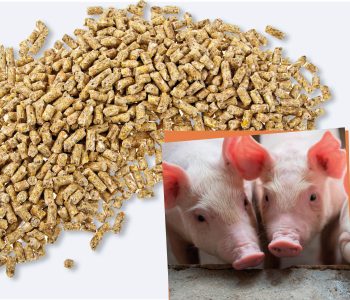Transition feeding is linked to the transitional period of the sow, which is commonly defined as the last 10 days of gestation and the first 10 days of lactation. This period aligns with the sow’s transfer from the gestation section to the farrowing quarters.
|
|
Glucose concentrations rise during the final days of gestation to meet the high demand for fetal growth, alongside the growing nutrient demands.
This presents a challenge because insulin action does not increase at the same rate, resulting in the sow’s inability to store glucose as energy reserves for subsequent utilization.
There’s also an increase in blood flow from the portal vein to the liver to help maintain glucose concentrations, providing energy to the sow and supporting fetal tissue growth.
Physical changes include the growth of mammary glands, preparing for colostrum and subsequently milk production. Components of colostrum like α-lactalbumin and lactose are detectable a week before farrowing.
The vitality of piglets depends on the sow’s nutrition and her capacity to support the growth of her litter.
The length of the farrowing process is a variable tied to the occurrence of stillborn piglets.
|
Piglets born with low weight (defined as under 1 kg) are more susceptible to hypothermia, malnutrition, or being inadvertently crushed by the sow due to their limited energy reserves. Variability in birth weights within a litter is a common occurrence among highly prolific sows. |
The implementation of feeding strategies during the transition period can improve:
As a result, this can potentially elevate survival rates during the lactation phase.
Several strategies can be adopted during this pivotal transition period. These include:
Transition nutrition has received very little attention due to its brief duration and the complexities involved in its integration into production systems.
Nevertheless, transition feeding aims to align with the dynamic nutritional requirements of the transitioning sow.
By gaining a better understanding of the transition period and how to implement various feeding strategies during this phase, it is possible to positively influence the vitality and survival of piglets during nursing and weaning. As a result, the reproductive performance of modern highly prolific sows can be enhanced.
You may also like to read:“Advances in Dairy Cattle Nutrition during the Transition Period.”
Source: This article was originally published a s a content in spanish in nutriNews LATAM 2023
